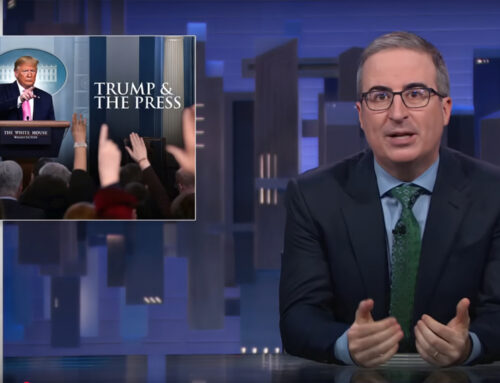Stanford’s Blockchain And AI Conference Needs More Bitcoin
May 19, 2025
In mid-March, Stanford University hosted a Blockchain and AI conference, bringing together professors, startup CEOs, and venture capitalists (VCs). The central theme of the event was the integration of two major technologies: blockchain and AI. However, the conference could have placed greater emphasis on Bitcoin and AI, given Bitcoin’s dominance in the market and the emerging innovations on Bitcoin Layer 2 solutions.
One of the main challenges with the conference was that blockchain and AI have largely evolved as separate disciplines—with different investors, entrepreneurs, academics, and communities. While the idea of merging the two fields was ambitious, many speakers remained focused on their own domain, failing to establish clear connections between them. Perhaps a more fitting title would have been the Blockchain OR AI Conference.
For example, a venture investor presented an overview of the AI industry, showcasing impressive advancements in image, audio, and code generation. Meanwhile, a DeepMind researcher discussed adversarial machine learning, a phenomenon where slight manipulations to input data can drastically alter an AI’s output. One striking example involved modifying just a few pixels in an image of a cat—causing the AI to misclassify it as guacamole.
On the blockchain side, discussions focused on various protocols, but much of the technology remains highly experimental—or, in some cases, entirely non-existent. Blockchain-AI integrations are still in their infancy, with practical implementations yet to emerge.
Proof of Computation
One of the more insightful contributions came from Dan Boneh, an applied cryptographer at Stanford. He discussed SNARKs (succinct non-interactive arguments of knowledge) and zero-knowledge proofs, which address a fundamental cryptographic problem: proving knowledge of a computation in an efficient way.
This principle is well-established in both blockchain and cryptography. For example: It’s computationally expensive to factor a large number into its two prime components, but verifying via multiplication is computationally cheap. It’s expensive to find a block header whose hash meets a target threshold, but verifying that it does is inexpensive.
This asymmetry between computation and verification is critical in blockchain systems, where nodes constantly validate the work of others. In Bitcoin, nodes verify signatures and miners’ proof of work. SNARKs extend this concept, enabling cryptographic proofs that are verifiable without revealing sensitive data.
As AI agents become increasingly autonomous, a major challenge will be verifying computation while preserving privacy. Many hesitate to upload sensitive data to OpenAI due to concerns over data security.
This creates a market demand for privacy-preserving verification—a mechanism that allows users to prove an AI model executed a computation correctly without revealing the underlying data. Such a solution could unlock AI applications across healthcare, defense, and finance, where data security is paramount. This will likely become a multi-billion-dollar industry in the next decade.
Interestingly, this concept originates from blockchain via networks to implement such cryptographic techniques. As Boneh pointed out, the idea of one machine cheaply verifying the expensive computation done by another emerged out of Bitcoin. But it may have a second, large application in AI.
I hope to see future conferences place a greater emphasis on Bitcoin’s contributions to these fields. BitVM, for example, leverages ideas from zero-knowledge proofs to create bridges between Bitcoin and new Layer 2 protocols—potentially enabling AI agents to interact with Bitcoin’s ecosystem.
Search
RECENT PRESS RELEASES
Related Post



